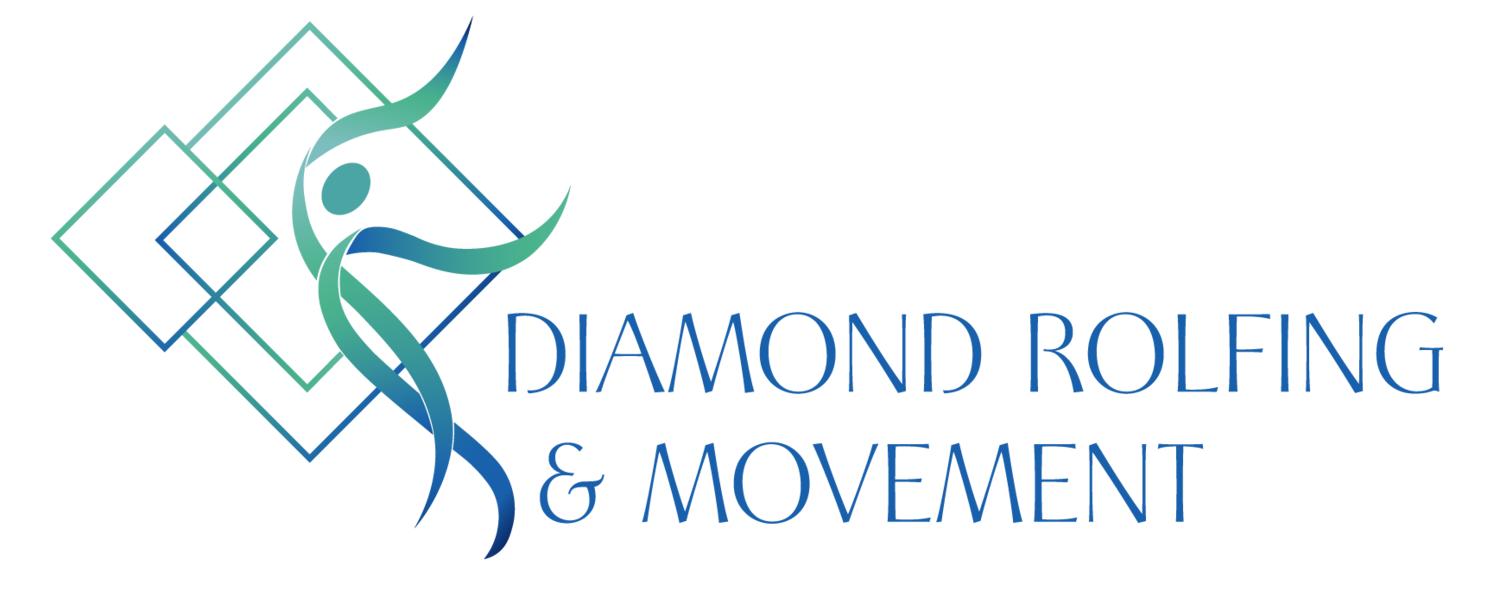Run Faster. Hurt Less.
It’s the perfect day for a run. You lace up your shoes and head out on the trail. Your feet hit the ground evenly and you are propelled forward with ease. Your sacrum and pelvis articulate in harmony with your spine. Your shoulders rotate in functional opposition. Your eyes are focused on the path ahead and you’re able to take in the scenery around you. You feel your ribs expand in a multi dimensional manner as your heart rate picks up. You smile as you feel the sunshine on your skin. You continue effortlessly down the trail.
This is the ideal. Fact is that so many of us spend countless hours training with discomfort and disembodiment. We sort of condition ourselves to accept misalignment in our bodies as they naturally adapt and take compensatory measures to deal with discomfort. Recognizing these — sometimes minor — compensations that our bodies are making is the first step towards healing and coming back into our bodies.
Consider this: a marathon runner will take an average of 60,000 steps during a race. Imagine if that runner’s foot is slightly turned out or if her hamstring cannot lengthen properly. That’s 60,000 repetitions of compounding discomfort that can lead to injury such as torn muscles, stress fractures, or worse. Never mind the countless steps during training.
Rolfing addresses specific issues that runners face: shortened hamstrings, tight hip flexors, ankle pain, shin splints, tendonitis, pelvic/sacral issues and other inflammation. During a race, all of these issues culminate into reduced performance and inevitable pain during recovery.
Consider consulting with a Rolfer to analyze gait, address tightness or points of pain and shift poor postural patterns. An outsider’s eye can do wonders to enhance ease and efficiency by restoring balance to the entire body within gravity.
